The California State Railroad Museum welcomes donations. The Museum’s Collections are primarily the result of the gifts of many individual and corporate donors. More than 95 percent of the present collection is the result of gifts from more than 2,000 donors since the Museum’s inception in 1976. Each year, families, collectors, and companies select the California State Railroad Museum as the permanent repository for their railroad artifacts, manuscripts, photographs and publications.
California State Railroad Museum Mission Statement
The California State Railroad Museum preserves and interprets the artifacts and culture of Western railroads and railroading for present and future generations. We use iconic collections, innovative and immersive exhibits, engaging interpretation and programs, and memorable events to create enjoyable experiences, empower learning and inspire appreciation for a diverse audience about the role and impact of the railroad and mobility in California, the West and the Nation.
Review the Scope of Collections.
Review the Scope of Collections.
Additions to the Museum’s permanent collections are made very consciously and cautiously and are carefully made by the Museum’s curatorial staff. At the present time, the Museum accepts less than half of the artifacts and documentary materials offered for donation. If materials are declined, Museum staff attempt to suggest other appropriate beneficiary institutions.

